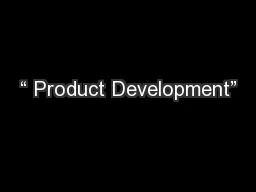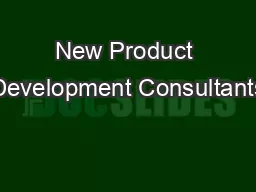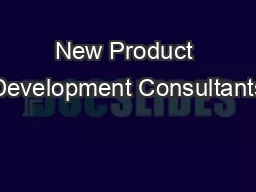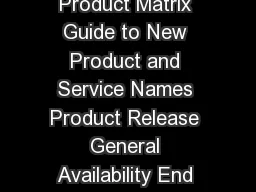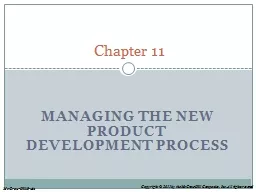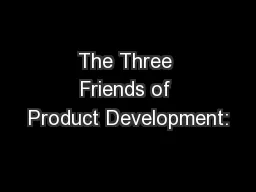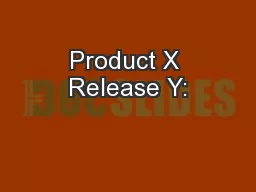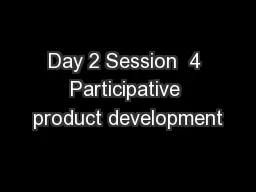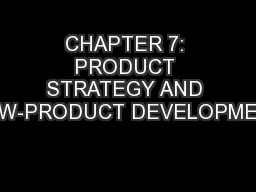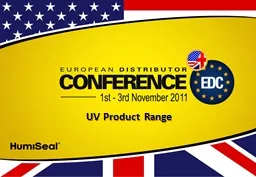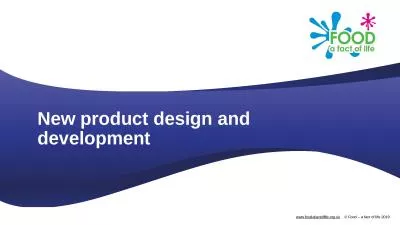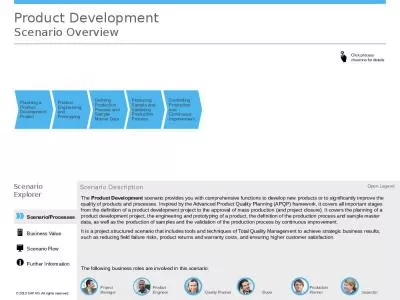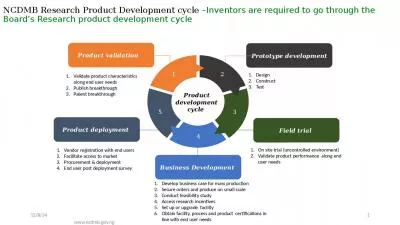PPT-“ Product Development”
Author : mitsue-stanley | Published Date : 2017-07-01
What is a Product Consumer Markets Product Design Process Product Planning Product Mix Unit 3 Product A good service or idea sold to satisfy wantsneeds Can be simple
Presentation Embed Code
Download Presentation
Download Presentation The PPT/PDF document "“ Product Development”" is the property of its rightful owner. Permission is granted to download and print the materials on this website for personal, non-commercial use only, and to display it on your personal computer provided you do not modify the materials and that you retain all copyright notices contained in the materials. By downloading content from our website, you accept the terms of this agreement.
“ Product Development”: Transcript
Download Rules Of Document
"“ Product Development”"The content belongs to its owner. You may download and print it for personal use, without modification, and keep all copyright notices. By downloading, you agree to these terms.
Related Documents

